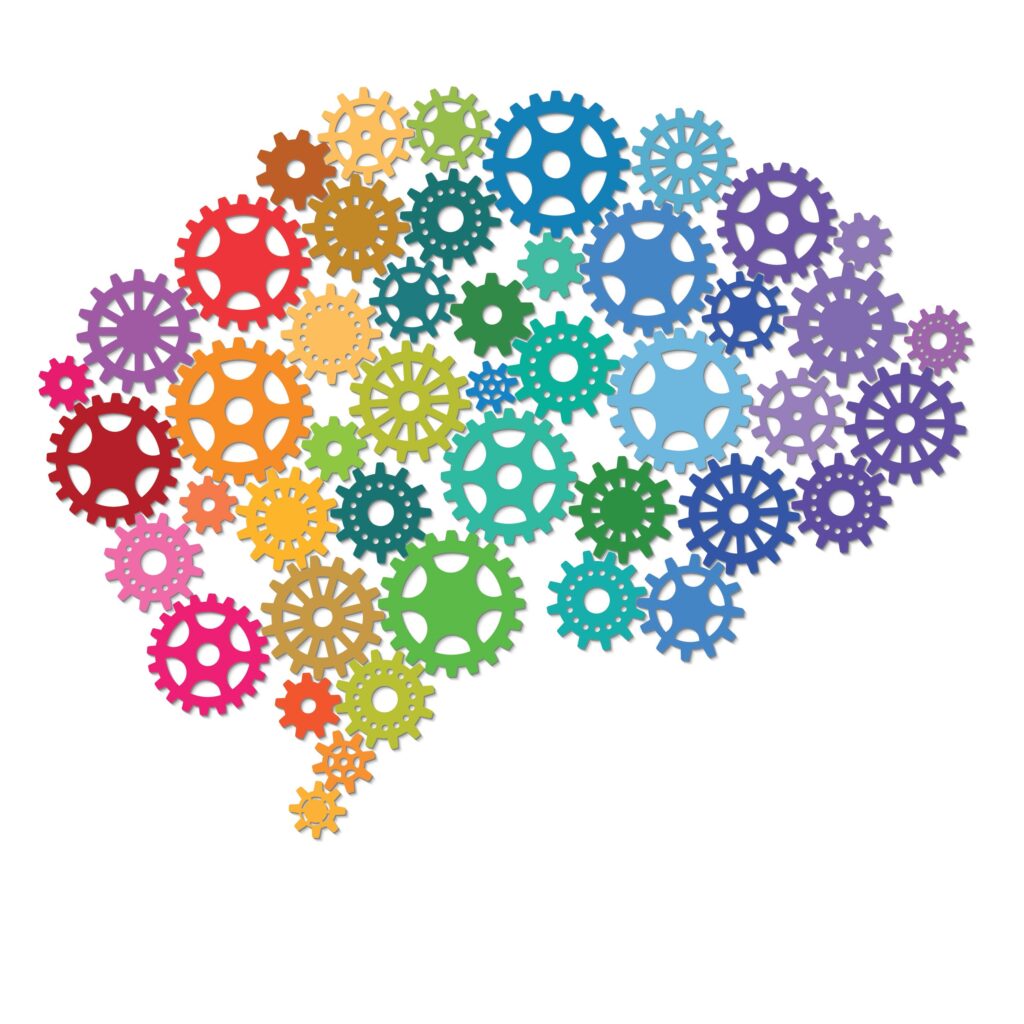
Every day, the human brain navigates a complex landscape of decisions, often under conditions of uncertainty. While most decisions are correct, misjudgments provide learning opportunities. However, when the brain’s ability to interpret context or assign meaning falters, it can lead to errant thoughts and behaviors. This phenomenon is particularly evident in psychiatric disorders such as attention-deficit/hyperactivity disorder (ADHD) and schizophrenia, where the brain may struggle to determine how much evidence to gather before acting or fail to adapt when new information alters the rules of engagement.
“Uncertainty is built into the brain’s wiring,” explains Michael Halassa, a neuroscience professor at Tufts University School of Medicine. “Picture groups of neurons casting votes—some optimistic, some pessimistic. Your decisions reflect the average.” When this balance is disrupted, the brain may misinterpret the world, assigning undue significance to random events, as seen in schizophrenia, or becoming entrenched in rigid patterns, as observed in obsessive-compulsive disorder (OCD).
Bridging the Gap in Brain Research
Understanding these cognitive misfires has long challenged scientists. “The brain speaks the language of single neurons. But fMRI—the tool we use to study brain activity in people—tracks blood flow, not the electrical chatter of individual brain cells,” Halassa notes. Bridging this gap requires integrating insights from single-cell studies in animals, human brain imaging, and behavioral analysis.
Now, a groundbreaking computer model known as CogLinks offers a new way to simulate how brain circuits make decisions and adapt when the rules change. This model incorporates real biological principles, reflecting how brain cells connect and assign value to often ambiguous and incomplete external observations. Unlike many artificial intelligence systems that function as “black boxes,” CogLinks allows researchers to see precisely how its virtual neurons link structure to function, enabling scientists to map how this virtual brain learns and adapts based on new information.
Testing the Model: A Flight Simulator for the Brain
In a study published on October 16 in Nature Communications, Halassa and colleagues at the Massachusetts Institute of Technology (MIT) utilized CogLinks to investigate how brain circuits coordinate flexible thinking. Described as a flight simulator for the brain, CogLinks enabled researchers to test scenarios where key decision-making circuits go awry. By weakening the virtual connection between two simulated brain regions—the prefrontal cortex and the mediodorsal thalamus—the system defaulted to slower, habit-driven learning, suggesting that this pathway is crucial for adaptability.
To validate these predictions in humans, the team conducted a companion fMRI study. Volunteers participated in a game where the rules unexpectedly changed. As anticipated, the prefrontal cortex managed planning while the striatum, a deep central brain region, guided habits. Notably, the mediodorsal thalamus became active when players recognized the rule change and adjusted their strategies.
The imaging confirmed the model’s forecast: the mediodorsal thalamus acts as a switchboard linking the brain’s two main learning systems—flexible and habitual—helping the brain infer when context has changed and switch strategies accordingly.
Implications for Psychiatry and Future Research
Halassa hopes this research will pave the way for new computer models that elucidate how mental illnesses arise from changes in brain circuits, potentially identifying biological markers for targeted treatments. “One of the big questions in psychiatry is how to connect what we know about genetics to cognitive symptoms,” says the lead author of the CogLinks study, who is also a co-author of the fMRI study and an MIT doctoral student in Halassa’s lab.
“Many schizophrenia-linked mutations affect chemical receptors found throughout the brain,” adds Wang. “Future uses of CogLinks may help us see how those widespread molecular changes could make it harder for the brain to organize information for flexible thinking.”
The development of CogLinks represents a significant step forward in understanding the brain’s complex decision-making processes and the potential for addressing psychiatric disorders. As research continues, the integration of biological realism into computational models promises to enhance our understanding of the brain and improve treatment strategies for mental health conditions.






